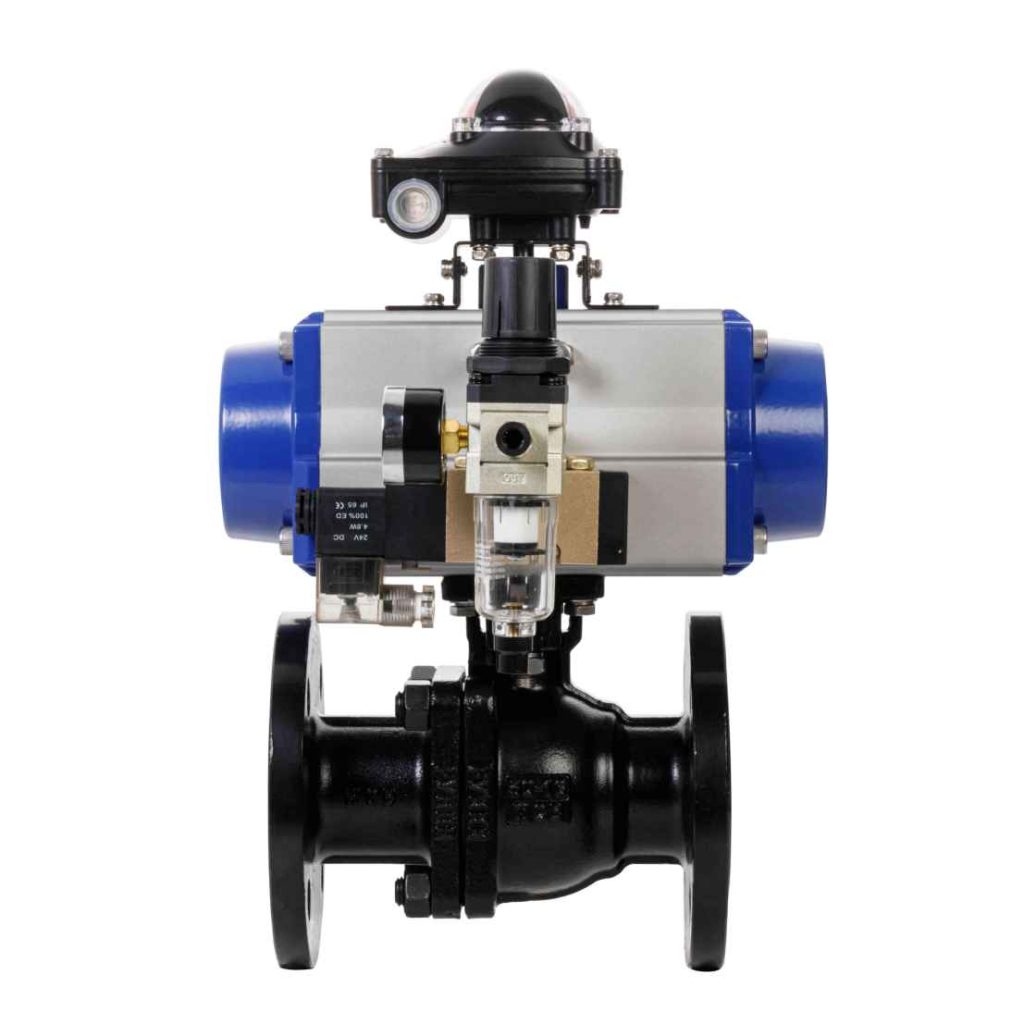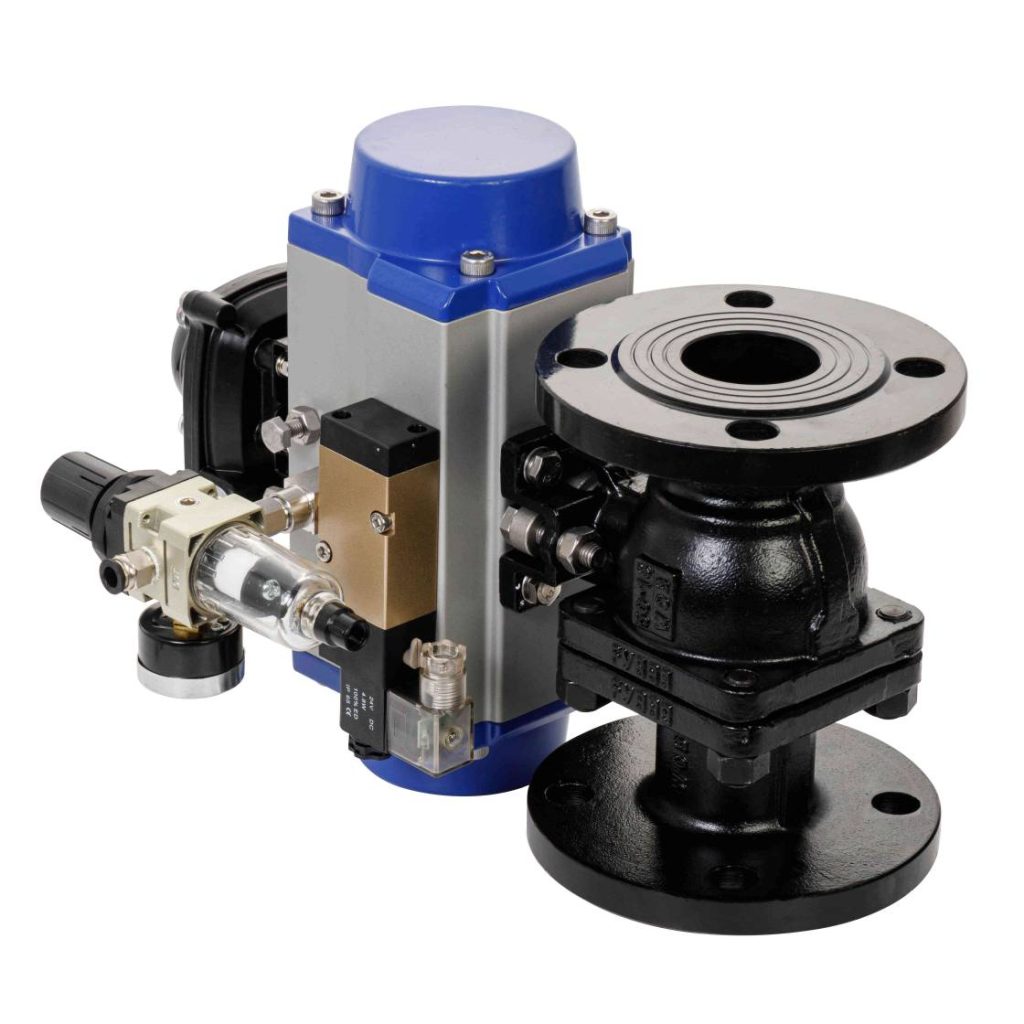Pneumatic ball valves are essential components in modern industrial systems, offering a reliable solution for controlling the flow of liquids and gases. Known for their quick operation, durability, and simplicity, these valves are widely used across various sectors including chemical processing, oil and gas, water treatment, and HVAC systems. In this article, we will explore the basic functionality, applications, and advantages of pneumatic ball valves, highlighting why they are preferred in many automated processes.

What is a Pneumatic Ball Valve?

A pneumatic ball valve is a type of quarter-turn valve that uses compressed air to operate the valve mechanism. The key component of this valve is a hollow, perforated ball that controls the flow of the medium within the pipe. The ball sits inside a valve body and is rotated by a pneumatic actuator to either open or close the flow path. When the ball’s hole aligns with the pipe, flow is permitted; when the ball is rotated 90 degrees, the flow is blocked. Pneumatic ball valves are typically actuated by compressed air, but they can also use other sources of power like electricity or hydraulic pressure.

Leave a Reply